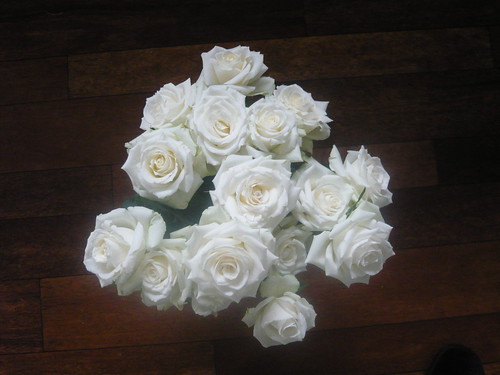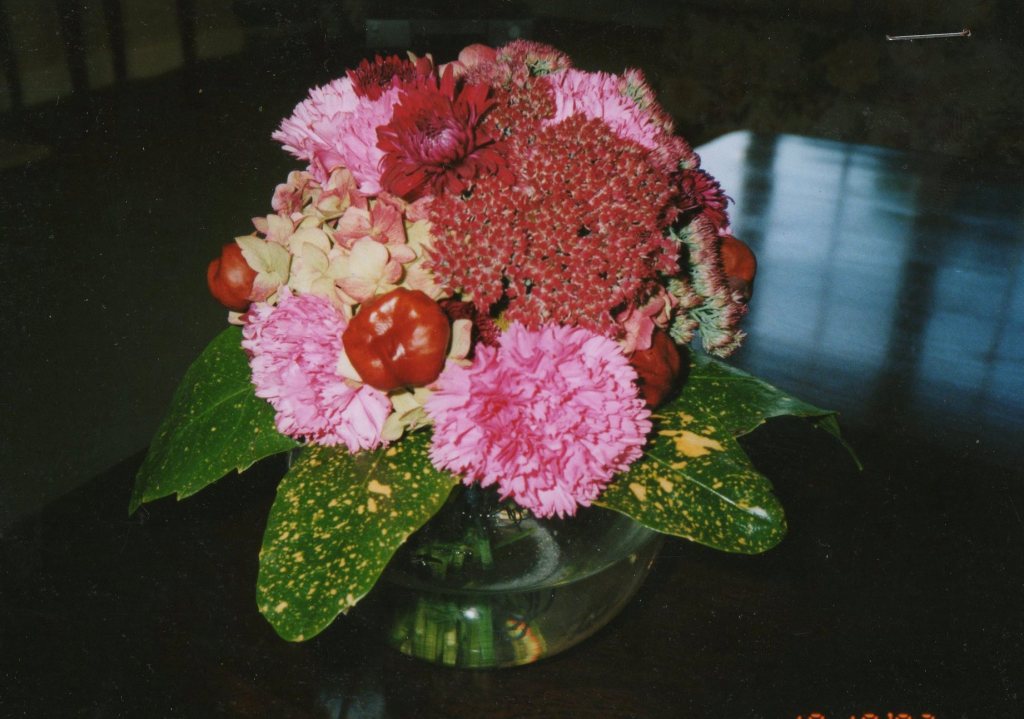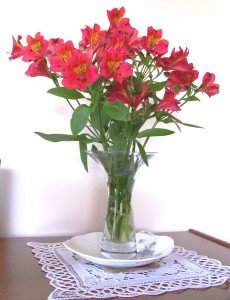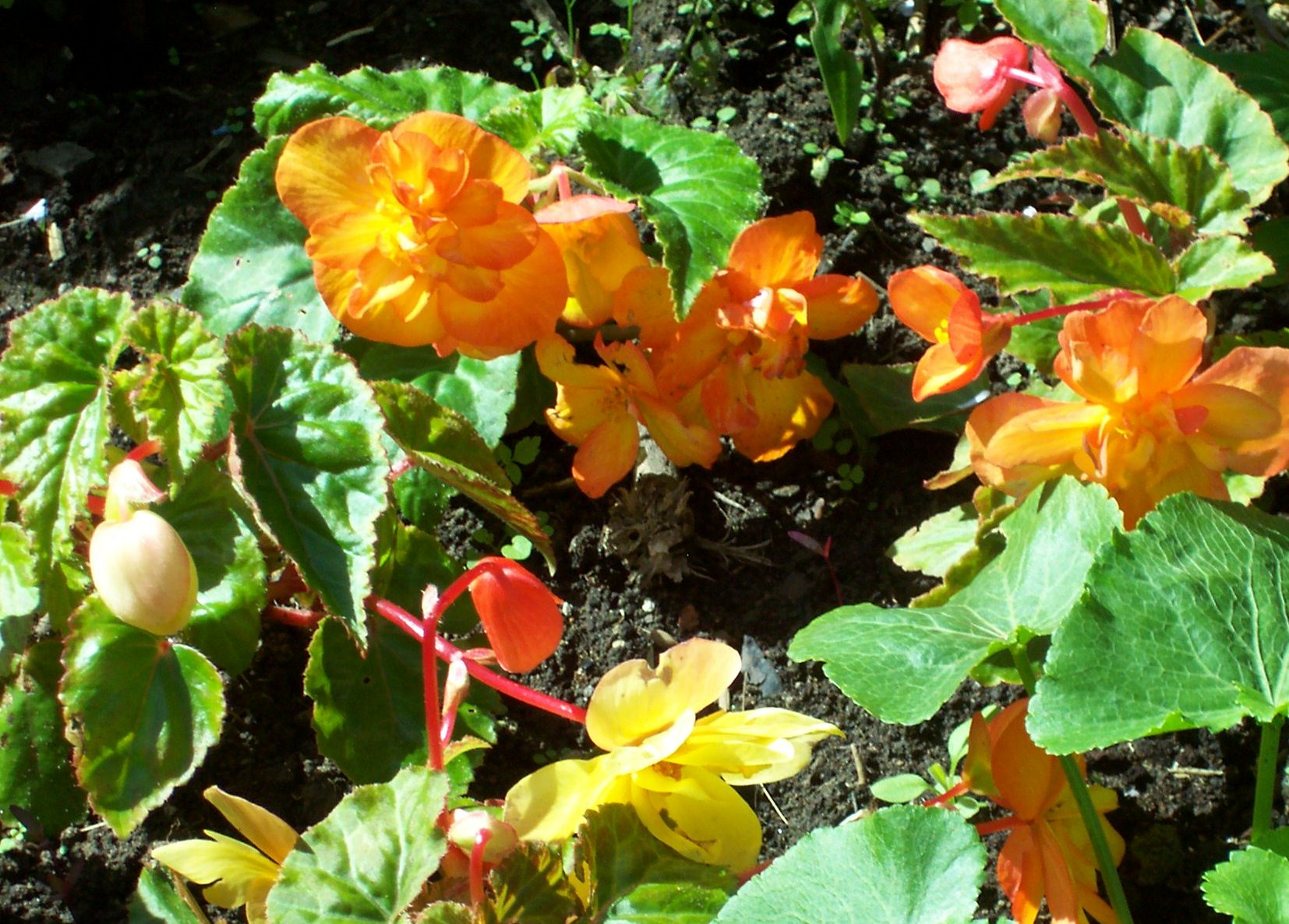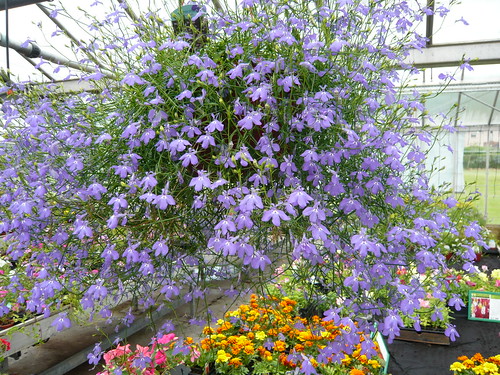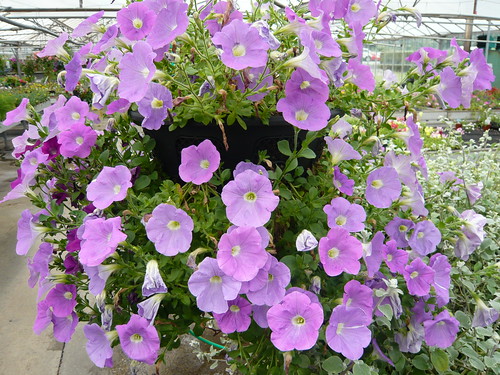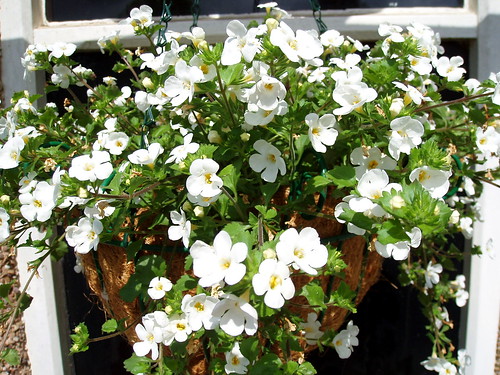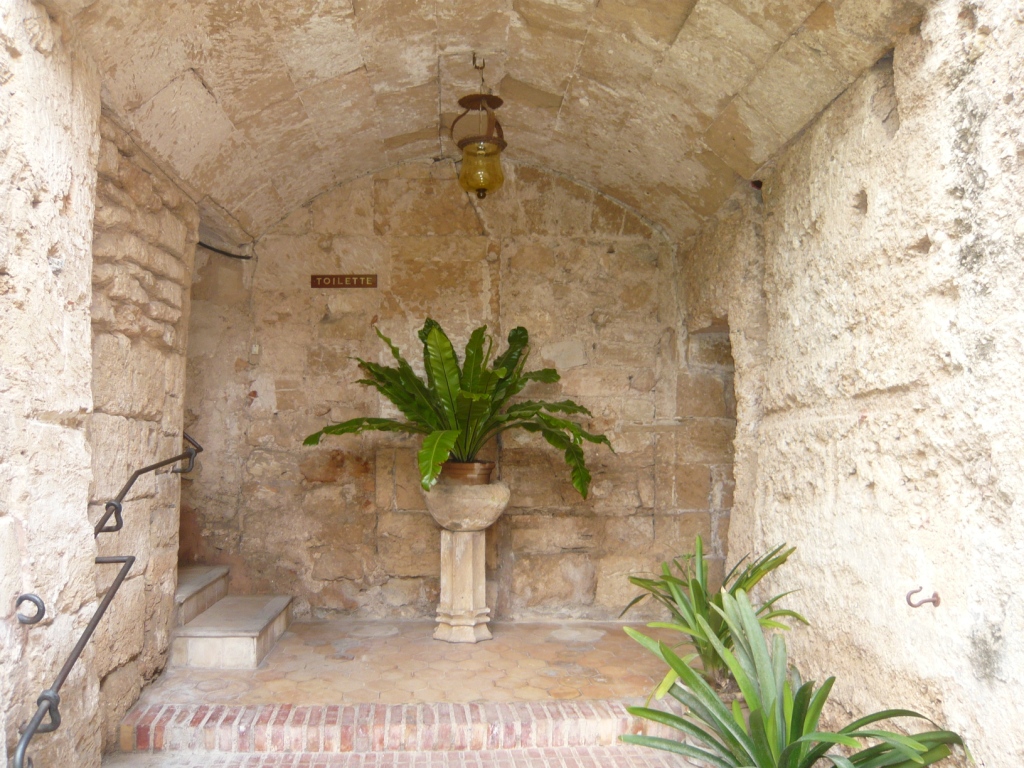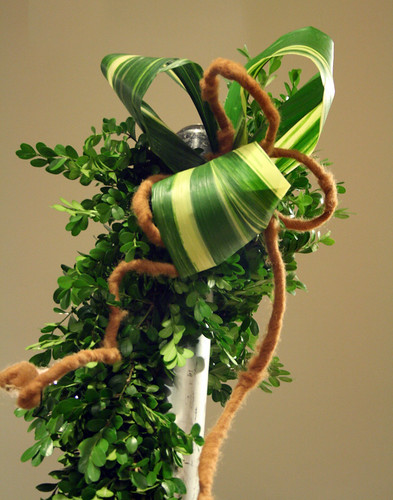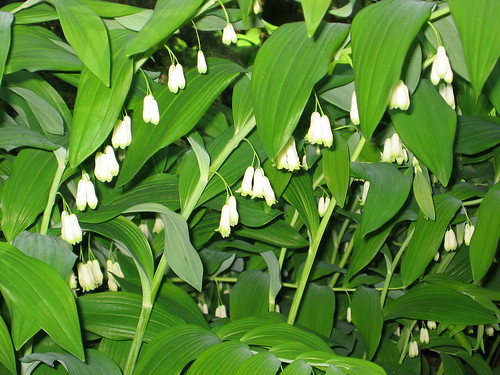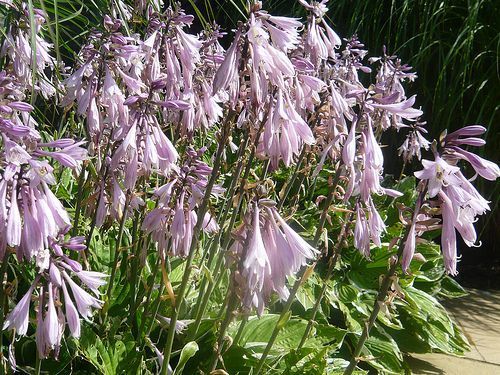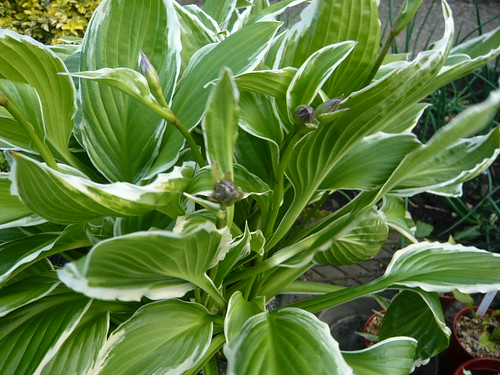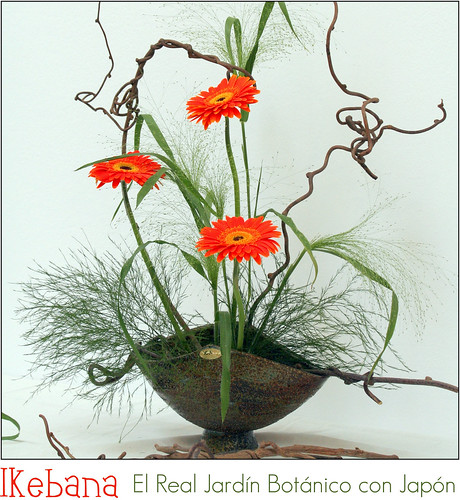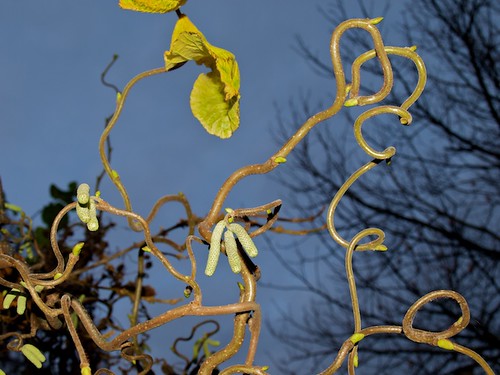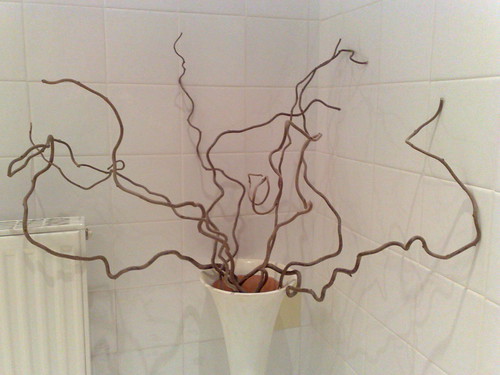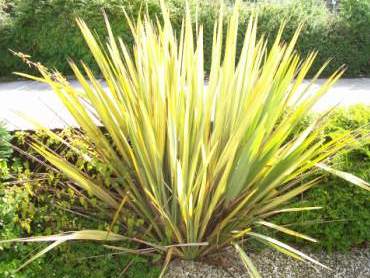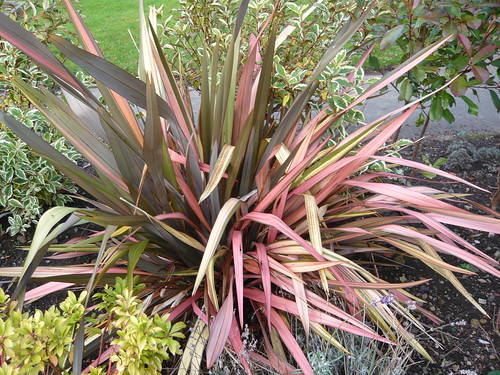‘How To Do The Flowers’
Formal or informal, neat or exotic, there are so many ways to do justice to the flowers. Here are just a few tips to get you thinking.
When you have spent time and effort growing some super blooms you may want to display them indoors. You may specialise in growing plants that will last well indoors like Chrysanthemums and Alstroemeria. You may be growing flowers for sale to florists or for special events, locations even church decorations.
Constancy Spry was a great one for’ doing the flowers’. She believed you needed to be aware of the mechanics of arrangement an the care and preparation of the material. Material includes more than just the flowers but holding them in place plus other plant items, display vessels and additional items. Secondly Constance also confronted the aesthetics of colour, shape , form texture and style. Work to your own pattern of ideas to develop taste and experience.
Gardeners Top Ten Tips For Cut Flowers
- Plunge into water as soon as they are picked to condition the flowers.
- Cut off an inch from the bottom of the stems when you are arranging them. When you change the water cut some more off the bottom. Do not cut poppies, hydrangeas or daffodils as they secrete a sap.
- Put a small sterilizing tablet in the water. Milton or steradent will help flowers last longer and keep the water bacteria free.
- Heat makes flowers bloom quicker and wilt so keep them cool to make them last.
- Use individual bud vases if flowers are in scarce supply. Other small vases, shot glasses, jugs or old bottles will do just fine.
- Strip leaves from the stems. Leaves rot quickly when submerged.
- Spraying the underside of the leaves and petals with a minimal amount of hairspray could help keep cut flowers fresh.
- Do not store fruit and flowers together. Fruit produces ethylene gas than speeds up decay.
- Top up with luke warm water regularly.
- Use plain, lukewarm water for most cut flowers, but use cold water for bulbs such as daffodils, hyacinths, and tulips. …
